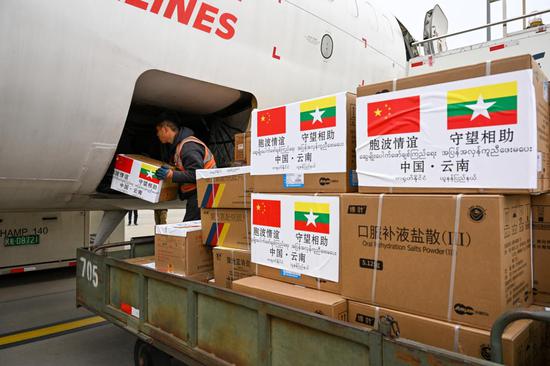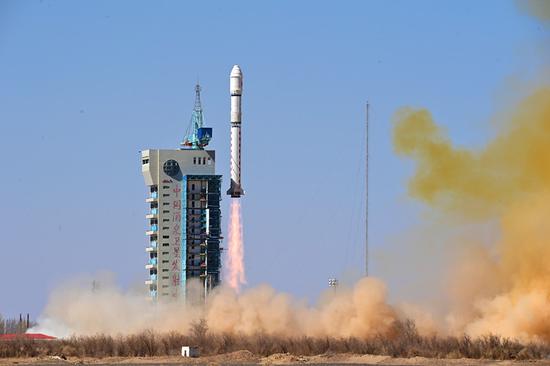(ECNS) -- A batch of highland barley seeds retrieved from China's first reusable experiment satellite, Shijian-19, has been handed over for ground cultivation at Xi'an National Civil Aerospace Industrial Base in Shannxi Province on Thursday.
The first generation "space barley" is expected to be cultivated within three to four years.
It was the first time that crop seeds from the Qinghai-Tibet Plateau were carried into space. After undergoing 15 days in orbit, the seeds have returned to Earth, marking a deepening expansion of China's space breeding efforts, said Guo Rui, director of Shaanxi Aerospace Breeding Engineering Technology Research Center.
The seeds on the Shijian-19 satellite are adapted to high altitudes and strong ultraviolet radiation, including two types of cole seeds weighing 10 grams each, as well as three types of barley seeds of 50 grams each.
They were exposed to extreme space conditions including cosmic radiation and microgravity, inducing mutations that may lead to genetic improvements. This lays the foundation for breeding new varieties with stronger stress resistance and higher nutritional value in the future.
Shaanxi Aerospace Breeding Engineering Technology Research Center has sent over 600 plant materials into space and successfully cultivated more than 20 new crop varieties.
The Shijian-19 satellite was sent into orbit from Jiuquan Satellite Launch Center in northwest China on Sept. 27, 2024, and was successfully retrieved at the Dongfeng landing site in Inner Mongolia Autonomous Region on Oct. 11.
Its mission fully leverages the advantages of a new generation retrievable space experiment platform, conducting innovative space breeding experiments on about 1,000 species of germplasm resources.
(By Li Yan)


















































 京公網安備 11010202009201號
京公網安備 11010202009201號